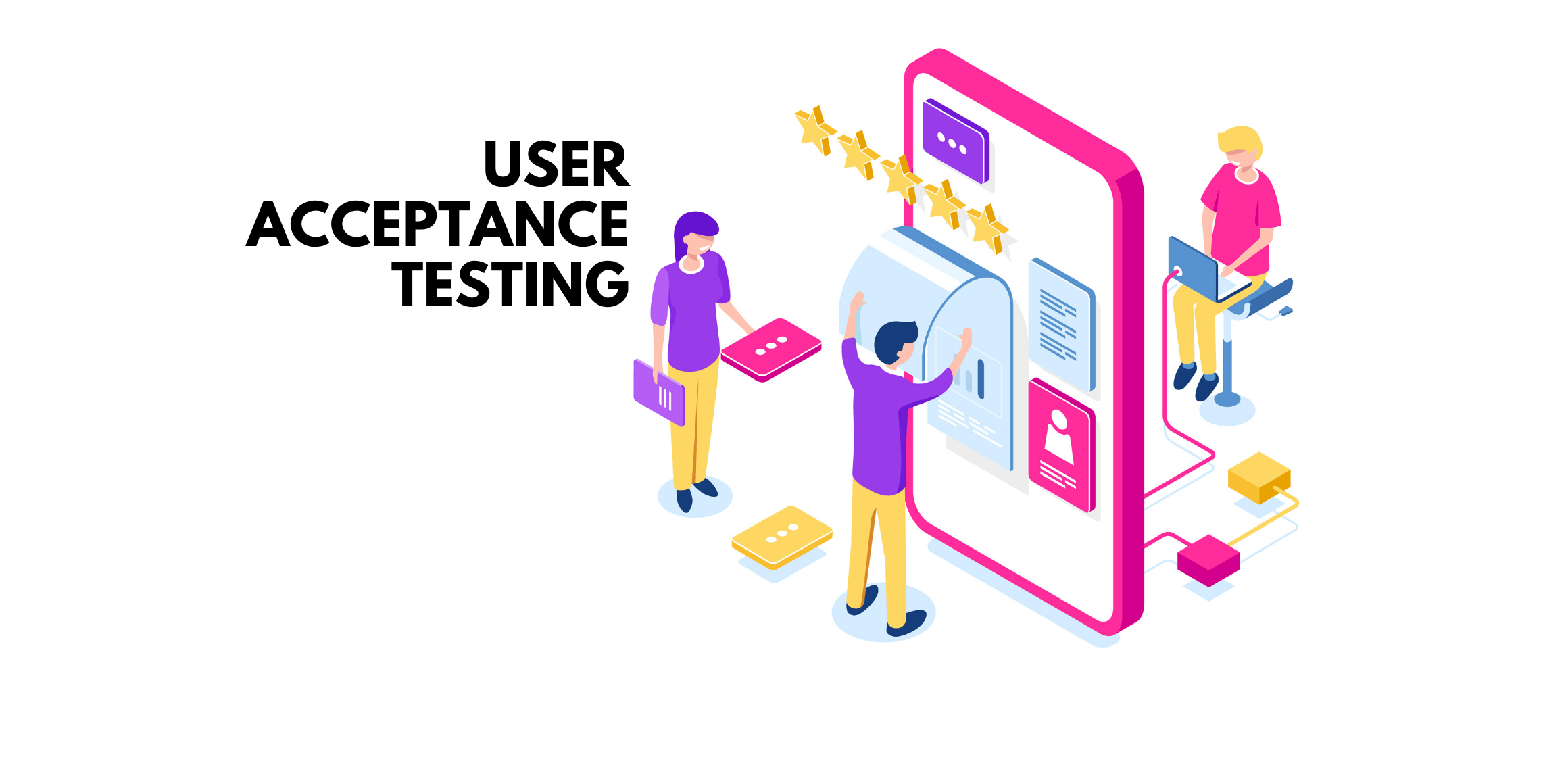Tech
What’s The Need Of User Acceptance Testing?

Application testing, often known as user acceptance testing (UAT), is the last phase of any software development or change request lifecycle before going live. Real people test the programme to see if it performs as intended in actual circumstances, confirming modifications made, and gauging compliance with organisational business needs. Acceptance testing’s primary goal is to confirm the integrity of the whole business process. User Acceptance Testing is performed in a different testing setting. A modification, an upgrade, or a new feature is asked for and created. There are both unit and integration tests. But when it is made available to the public, significant issues start to emerge.
The five-step procedure are as follows:
Table of Contents
Planning
You must plan your User Acceptance Testing activities. UAT won’t help you much if you don’t plan it properly. The following areas need to be considered while planning your user acceptance tests:
- Planning and time management
- Staff requirements
- Communication and issue strategy
- UAT checklist
Execution
While running your UAT test cases, you have a few alternatives. There is a good likelihood that you won’t be able to personally meet these testers if you offer a global product in different geographic areas. You will gather a tonne of quantitative data during the sessions, as well as much more crucially, qualitative data from your users. It’s possible to discover unexpected insights that you hadn’t considered if the test cases are run after the development process is complete. Your theory on the level of knowledge your users possess will be tested.
Documentation
You should conduct and record your user acceptance tests simultaneously. It is advises creating a method that enables you to record all pertinent information without losing any data. One thing is documentation; another is having clearly defined roles and responsibilities for guaranteeing the application of user feedback.
Evaluation
You must assess whether the established criteria are put to the test and met during this step. Most importantly, determine whether your testers were effective in meeting those requirements. Any test cases that failed? Which issues did arise? Who oversees fixing those issues and how can it be done? Analyses of the original quantitative and qualitative data are required. Since every test case must be examined and placed in its proper context, the evaluation process is somewhat lengthy.
Reporting & Learning Lessons
You may believe that the reporting phase and the evaluation phase are interchangeable. You gather, aggregate, and analyse data throughout the evaluation process. The reporting stage, in contrast, addresses the wider picture. The main objective is to acquire knowledge and lessons gained that will help you enhance your test cases and UAT workflows in the future. During that stage, you might also begin developing connections with some of your UAT testers, who are a valuable resource for further feedback and insights.With Opkey, you may expedite UAT testing and achieve 100% Software Quality with higher scope. So, there you have it: the what, the why, and the how of making user acceptance testing a required component of your web development initiatives. It lessens the possibility of problems occurring, which also lessens the amount of effort needed for creation and maintenance. Opkey, the communication gap between a machine and a human is bridged. Between the procedures and the test results, even Opkey fills the void.

-

 Business3 years ago
Business3 years agoHow to Do Long-Distance Moves with Children
-

 Travel2 years ago
Travel2 years agoQuick Guide: Moving To Santa Rosa?
-

 Real Estate3 years ago
Real Estate3 years agoWhy Dubai Festival City is a Great Neighbourhood for Young Learners
-

 Business3 years ago
Business3 years agoIs Guest Posting a Good Inbound Marketing Strategy?
-

 Business1 year ago
Business1 year agoThe Ultimate Guide To Thriving In Your Printing Franchise
-

 Business1 year ago
Business1 year agoExploring The Benefits And Challenges Of Restaurant Franchising
-

 Tech3 years ago
Tech3 years agoCyber Table That Will Change Your Life
-

 Lifestyle1 year ago
Lifestyle1 year agoDallas’ Hidden Gems: 6 Must-Try Restaurants Off The Beaten Path!









Recent Comments